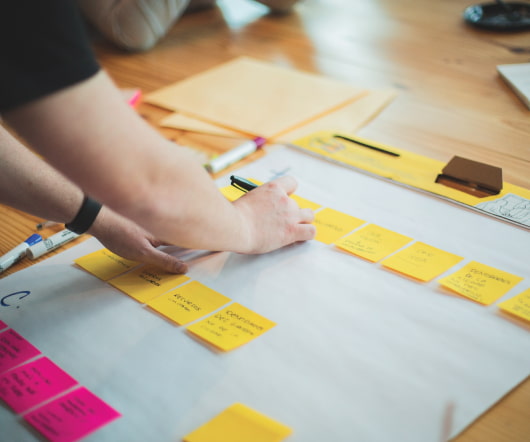Tech Tip #169: What is Digital Literacy?
Ask a Tech Teacher
NOVEMBER 10, 2022
Here are the sixteen transformative tools, activities, and/or knowledge bases digitally-literate students should be comfortable using: annotation tool. sharing digitally to build knowledge. sharing digitally to build knowledge. Sounds simple. The difficult is in the implementation. backchannel device. cloud computing.





















































Let's personalize your content